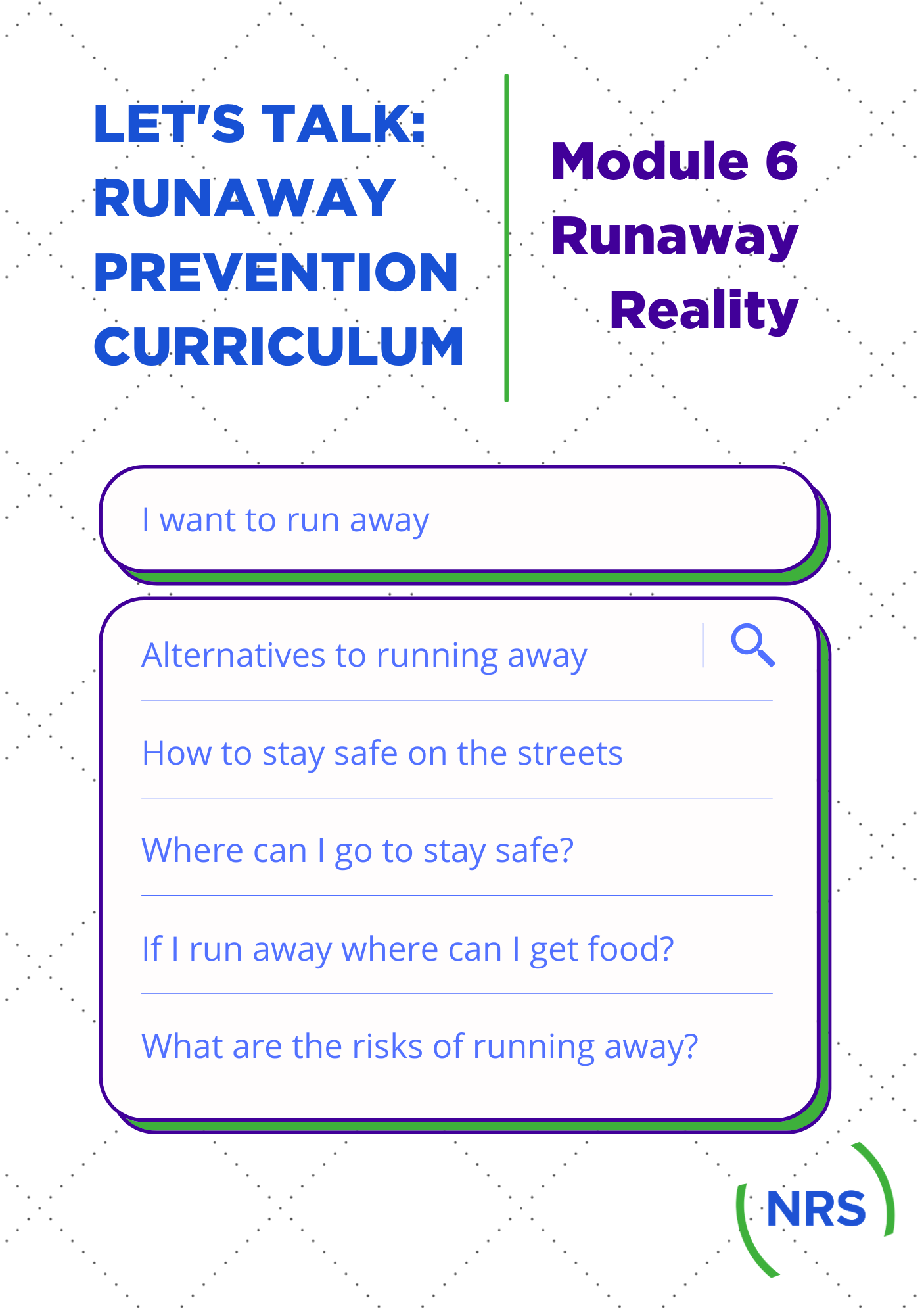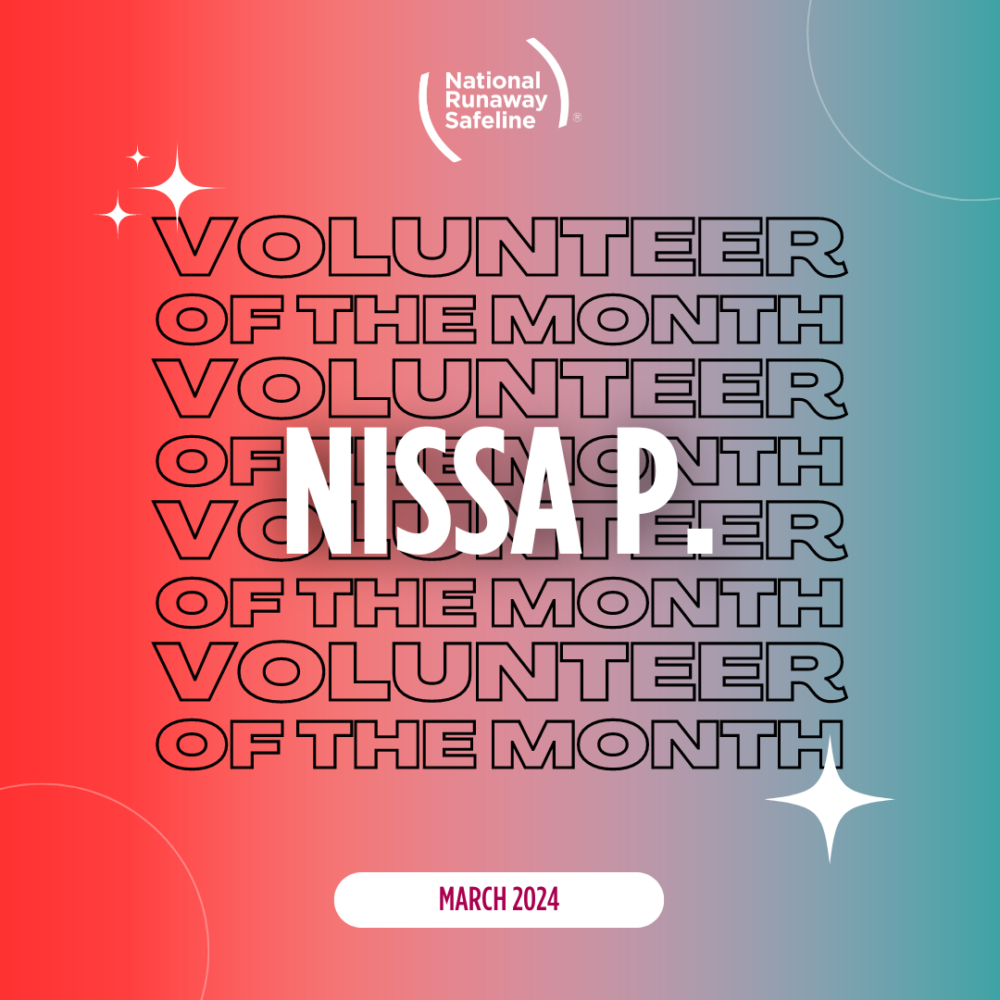Young people plan to leave home for a number of reasons such as abuse in the home, peer and social issues, family conflict and others. While running away may feel like their only option, leaving home can be very risky. At NRS, we strive to help young people find support systems and resources they can count on throughout their crises. Our goal is to help them identify their options for help and safety and develop a plan that most suits their needs.
Module 6: Runaway Reality gives young people a chance to explore data about youth who runaway, discuss issues that runaway youth face, and even hear a real story of a runaway. This module also allows participants to brainstorm considerations of being on the streets and alternatives to leaving home.
Pop Quiz! What age group called NRS most often? The answer is that, in 2019, 48% of youth who called NRS were in the 15-17 group. Giving youth a chance to learn about the statistics we gather through our 24/7 crisis services is a great starting point for them to learn about the issues youth experiencing homelessness may face. They will focus on facts such as who calls NRS for help, how youth support themselves on the street, and what some of the alternatives to leaving home might be.
Let’s imagine a 16-year-old is planning on running away. Where would they go and how would they be safe? While the National Runaway Safeline is non-judgmental and non-directive, we still make a point to discuss with youth about how to be safe if they leave home and if there are alternatives to leaving. In Module 6, young people get a chance to do the very same, by brainstorming ideas with their peers about questions to consider if they did decide to leave. It’s a great outlet for them to get creative by making their own art and posters out of these ideas.
During this time, youth will explore the story of Augusta, Gone. This is a true story written by a mother whose daughter frequently runs away. Youth will have a chance to explore this relationship from both the mother and the daughter’s perspective. It’s an engaging way for young people to get a glimpse into what emotions and struggles a parent may be going through when their child runs away, as well as a reminder about how our actions can affect others.
Another important element we’ll explore in this module is Mia’s story. This is not a true story, but it does give youth a chance to experience another story about how a young girl who runs away survives and the risks she encounters on the streets. This story covers tough topics such as sexual abuse and human trafficking, but will give your audience an opportunity to identify red flags as Mia’s story unfolds. These aren’t easy topics to talk about but, unfortunately, these risks are the reality for many runaway and homeless youth. We want young people to be safe, to be able to identify potential risks before they happen, and know that there are safe places and resources out there if they should ever need them.
An estimated 4.2 million young people aged 12-24 experience some form of homelessness in a given year. The issue of runaway, homeless and at-risk youth impacts all communities and it’s critical to provide a space for youth to learn about the risks runaways’ face, alternatives to running away, and ways to be safe. If you have any questions about using the Let’s Talk: Runaway Prevention Curriculum, please contact our Prevention and Outreach Coordinator at prevention@1800runaway.org.




